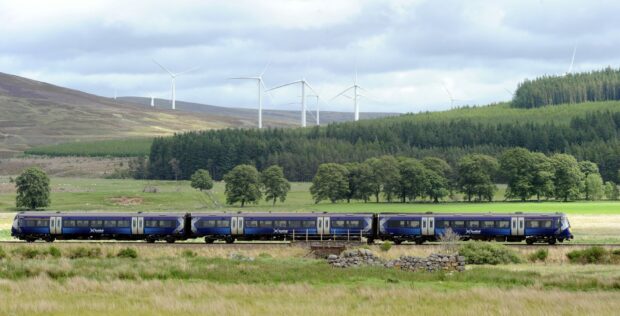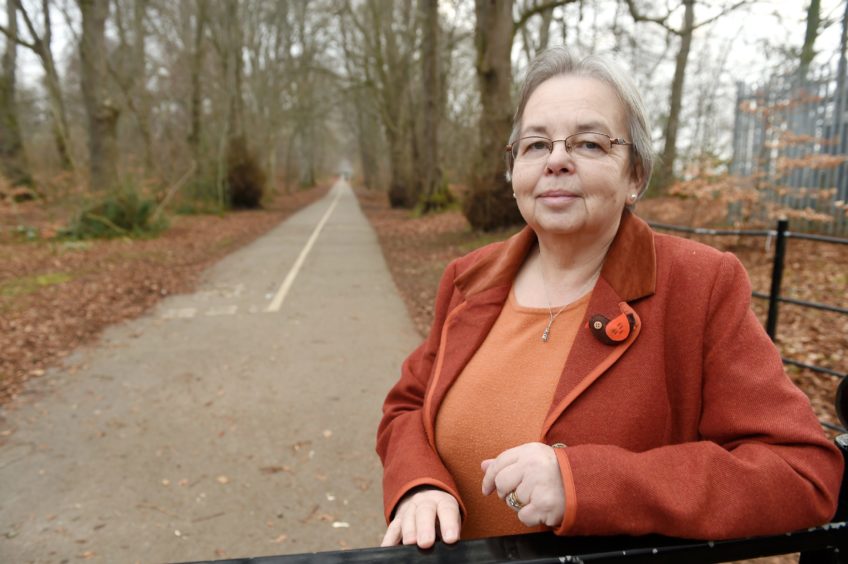Highland Council has urged the Scottish Government to take a more strategic approach to onshore wind development.
The council claims plans to double onshore wind production will put pressure on the Highlands and fuel conflict in its communities.
These comments form part of a council report on the Scottish Government’s draft onshore wind policy.
Consultation on the draft policy closed on January 31, and Highland Council’s response will be presented to councillors today.
Throughout the report, the council repeatedly stresses the need for a “strategic and plan-led approach”.
The council says it’s disappointed with the lack of a spatial framework, which it calls a “significant omission”.
Highland will come ‘under pressure’
The Scottish Government currently has 8.4GW of installed onshore wind capacity, with 97% of electricity consumption coming from renewables.
However, the Climate Change Committee – an advisor to the UK and devolved governments – recommends doubling that.
The headline ambition now is for Scotland to deliver an additional 9-12GW of onshore wind capacity.
Since Highland currently contributes about a quarter of installed capacity, the council fears it will “come under pressure” to deliver more.
In particular, the report flags up concerns about the impact on the environment and the potential for community conflict.
The report – which goes to the council’s economy committee today – states:
“The draft statement dispenses with a requirement for development to be in the most suitable places or protect our landscapes (other than those most cherished) and instead identifies that the need for action on climate will change how Scotland looks.
“This is disappointing although not surprising in that it mirrors the position in National Planning Framework 4 (NPF4).
“While there may be scope for further limited development in Highland without substantial conflict, the concern is that much of the mitigation that we have already secured to protect our landscape and amenity already could be undone.”
The report goes on to state that more wind farms threaten existing farming, forestry and peatland uses.
It’s also likely to move developments closer to communities, adding to visual and noise impacts.
Planning problems
The council’s response also aims to reinforce its territory as a planning authority.
Highlighting that it already has 1.85GW of installed onshore wind and a further 900MW on the way, the council says it has shown itself capable of accommodating wind farms without ‘significant adverse impacts’ on the local area.
However, none of the ‘tests’ from the Scottish Planning Policy feature in the draft national plan (NPF4).
More worryingly – says the council – it also doesn’t include a requirement for spatial frameworks.
To put it simply, the council argues that any new development must have a “direct benefit to its location”. It would need to support community aspirations, such as employment, financial incentive and ownership.
“This suggests that there is a need for a plan led approach to future onshore wind, one that better reflects local circumstances albeit with an eye on national priorities.”
The council report is likely to trigger an animated debate, coming after rejecting a wind farm in Ardross because of its detrimental impact on the landscape, amid a flood of community objections.
The Scottish Government later granted planning permission on appeal.
At a planning committee last week, chairwoman Maxine Morley-Smith quipped: “What’s the point of having a local planning committee at all? We may as well just ask the Scottish Government to decide.”


